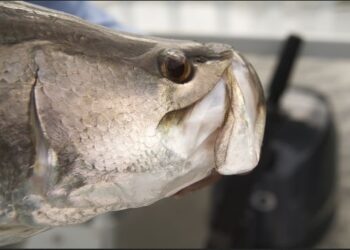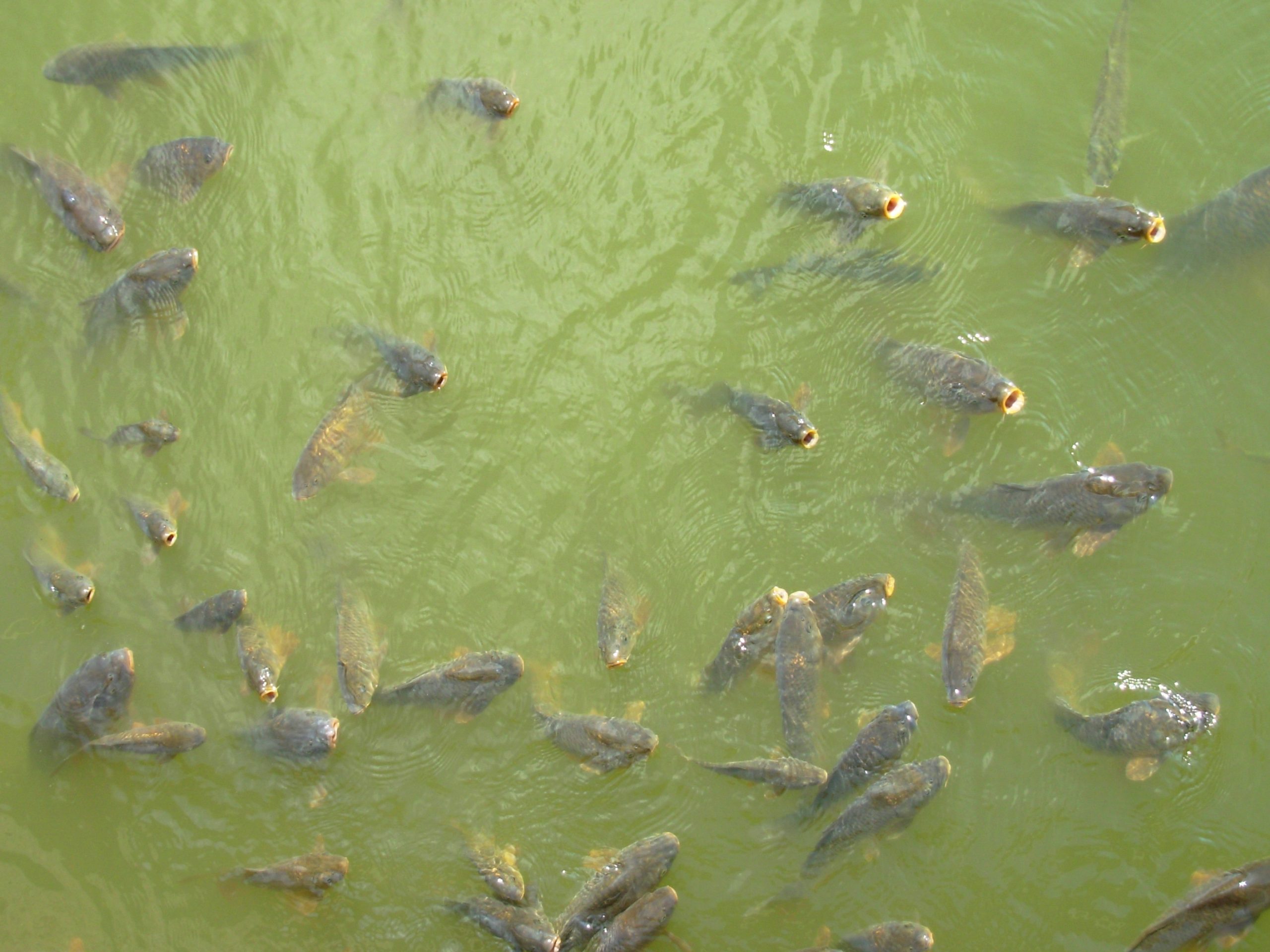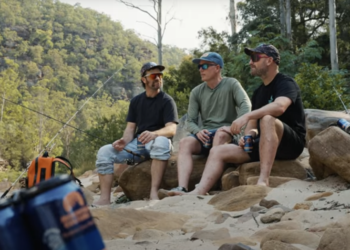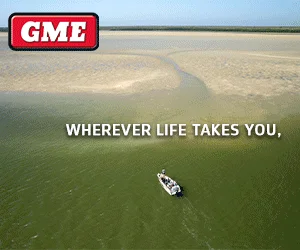IN light of the recent concerns and discussions on the scarcity of Kingfish, on the NSW east coast, for the last few seasons, I have put this article together on the effects of ENSO (El Niño-Southern Oscillation) on marine ecosystems. It’s based on a combination of published science, the experiences of commercial fishermen worldwide (particularly South America) and personal observations of 34 years full time guiding on Sydney harbour. This article is not designed to suggest that overfishing is not having a major impact on some of our fisheries but rather to highlight that fish stocks can fluctuate naturally and dramatically, both positively and negatively, as a result of ENSOs influence. These fluctuations were occurring well before humans started harvesting the oceans.
It’s also not an argument against management options like size and bag limits but will highlight the fact management tools are not a cure for naturally induced fluctuations.
How does ENSO effect fisheries
ENSO (El Niño-Southern Oscillation) refers to a natural climate pattern in the Pacific Ocean that has 3 phases, El Nino, neutral and La Nina. It affects sea surface temperatures which in turn affects winds, upwellings, currents , nutrient loads (fish food supplies) and pressure systems. It is known to be directly responsible for floods and droughts, which in turn has strong influence on fisheries, agriculture , economies and human health. It is even believed to have played a part in events like the demise of the Moche and Inca civilisations due to severe prolonged drought and even the sinking of the Titanic due to ice bergs being way further south than normal in an extreme El Nino ocean warming event. It’s a major player on humanity and the planet.
To avoid confusion it’s important to understand that the effects of ENSO flip depending on which side of the pacific you are on. In South America El Nino brings warm water (flood) while La Nina brings cold water (drought). In Australia it’s the opposite but the effects are the same.
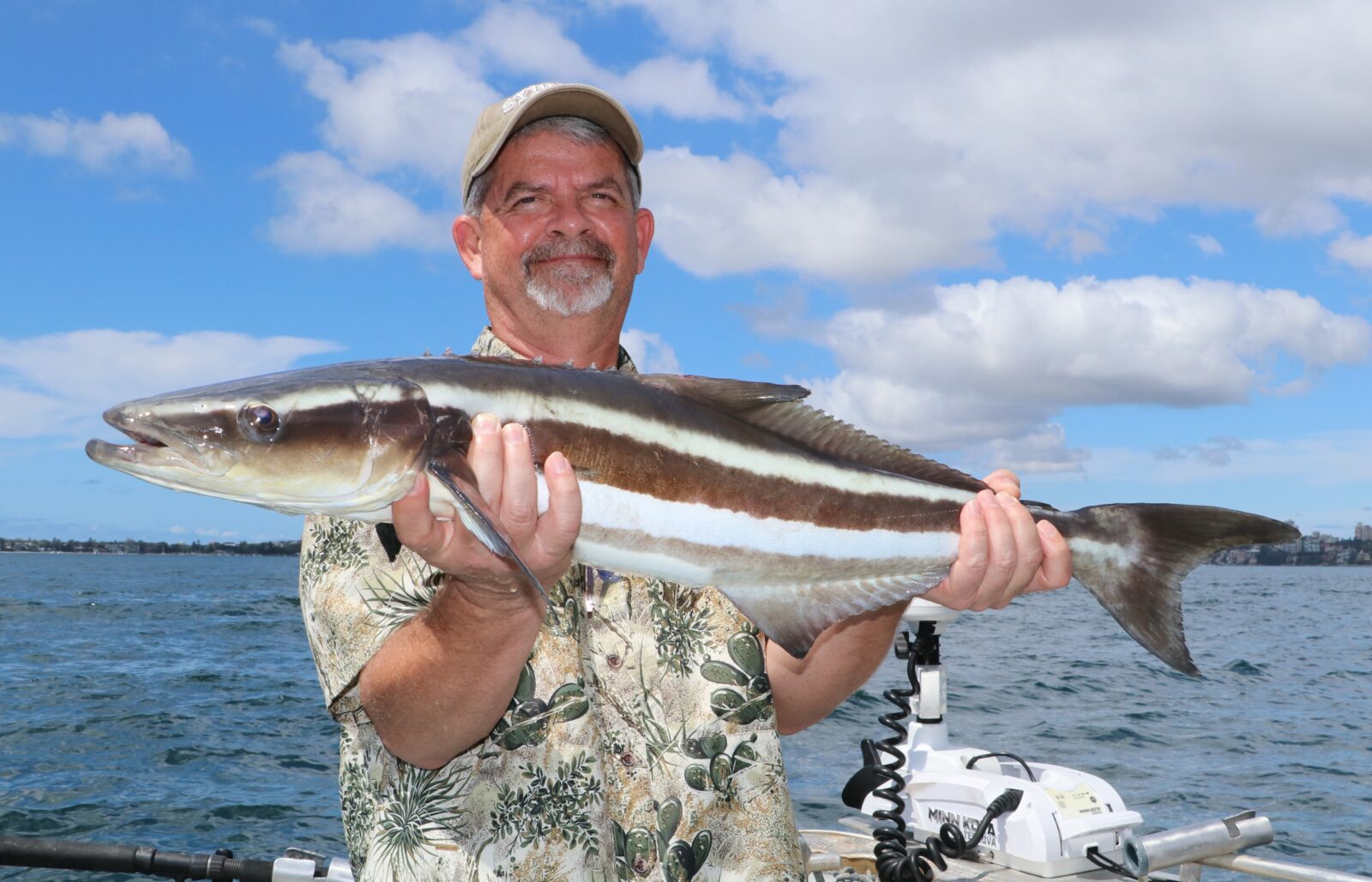
It’s also important to note that there has been a trend towards more frequent and prolonged La Nina on the east coast in the last few decades and that ocean temps in the Tasman sea have been rising faster than the global average in what scientists are calling the Tasman sea hotspot.
Due to the extremely long time frame required to study ENSO (10 to 20 years) there has been very little published about its effects in Australia. The funding for studies of that magnitude simply isn’t available. However it is widely acknowledged in the marine science community that ENSO has a “significant” impact on Australian fisheries including finfish, molluscs, cephalopod, shellfish and marine eco systems in general.
South American fishermen have recognised ENSO for centuries due to dramatic impacts on their fish stocks and income. Peruvian commercial fisherman, Miguel Martinez commenting on the effects of the recent El Nino on his fishery in a recent article titled Fishers fearful as El Niño plagues Peru: “There are species that are no longer seen, and there are others that are beginning to be seen more. There are others that are moving far away ”.
Its worth considering Martinez’s comments in light of reports coming from south of the NSW/Vic border of some of the best kingfish action ever seen down there Victorian kingfish resurgence. It’s also worth noting that the increase in Victorian kingfish stocks has occurred under a size and bag limit regime of 60cm and 5 fish pp.
Similar reports are coming in from South Aust and Tasmania. A Tasmanian client of mine told me that Kingfish were traditionally not targeted in Tassie due to their scarcity and only very occasionally caught as by-catch in the peak of summer. Nowadays they are being actively targeted and caught regularly due to a noticeable increased numbers and are available over a much longer season. This is likely the result of generally increasing ocean temps combined with prolonged La Nina cycles.
The devastating loss of marine life occurring in South Australia at the moment is directly related to algae blooms caused by warmer than average ocean temps.
I have personally fished through 4 La Nina events – 98-01, 08 -09, 10-12 and 20-23. They all had noticeably similar impacts but notably the triple La Nina of 98- 2001 and 2020-2023 displayed striking similarities.
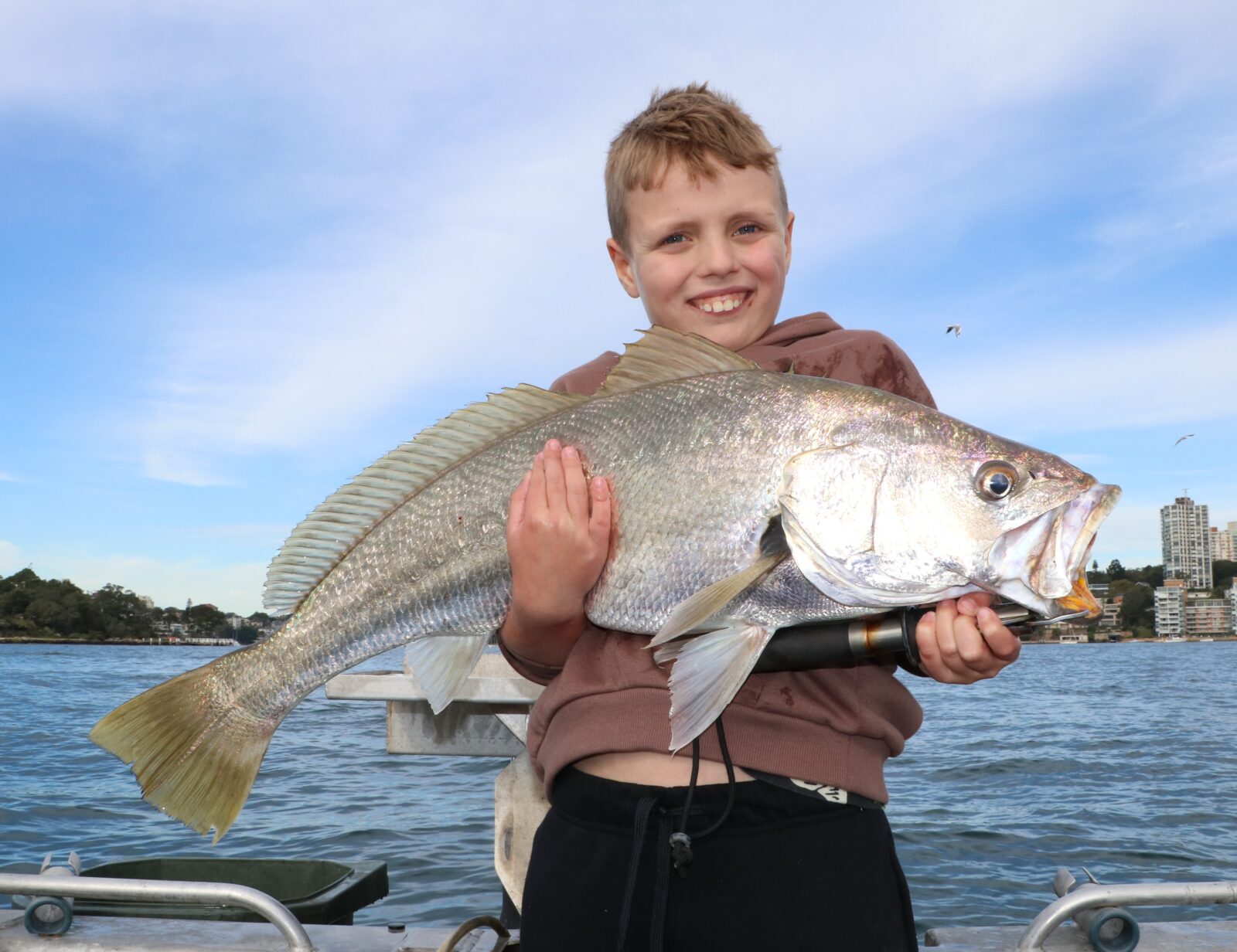
Triple La Ninas are rare, we have only had 3 since 1900, 73 to 75, 98 to 2001 and 2020 to 2023 so the opportunity to experience their effects doesn’t happen very often.
These La Nina all had a few things in common – significant water temp rise, reduction in NE winds, record rainfall and flooding (having a significant effect on salinity gradients in the harbours, rivers and close coastline), a huge reduction southern calamari catches and big influx of big bonito. Squid are known to be extremely sensitive to salinity levels and the huge reduction of southern calamari was noted all up and down the coast but particularly so on the lower Hawkesbury and central coast rivers and lakes and some of these spots still haven’t recovered. Cephalopods are the main food target of medium to large kingfish in our harbours and coastal bays .
But the most striking thing that these La Ninas had in common was a dramatic reduction in kingfish numbers. The other noticeable thing was that the longer the La Nina lasted the worse the kingfish fishing got.
In both cases of the triple la ninas we also experienced a considerable increase in tropical visitors
The 98 to 2001 event saw Sydney harbour flooded with spotted mackerel in numbers never seen before or since. I personally caught over 80 fish between xmas and easter. Samson, amberjack , rainbow runner, watsons leaping bonito, flutemouth and tropical barred longtom were also very common. At the time I was fishing through this period I had no awareness or understanding of the ESNO cycles. It was very clear though, to anyone fishing at the time, that there was something very fundamentally different happening. Many years later when I started studying ENSO, I cross referenced this period with my log books and it came as no surprise to find that it had coincided with a severe triple La Nina.
In the 2020 to 2023 event cobia were caught in big numbers, wahoo and sailfish were caught all the way to the Victorian border, Al Bellissimo caught a queen fish from the rocks. In the following two years (2024 a marine heatwave and 2025 another La Nina ) there were rainbow runner caught in considerably higher than average numbers, many reports of GT’s being caught, including a 6kg model of northern beaches rocks and northern bluefin (longtail) in spring (northern blues normally have a short season in Autumn).
The 2020 to 23 event experienced Sydney’s highest ever recorded rainfall (2022) and was further exacerbated by a significant marine heatwave in 2024 creating La Nina like conditions and then another La Nina in late 24 early 25. In 2024 water temps hit a Sydney record of 27C, 3 degrees above average. Marine heatwave
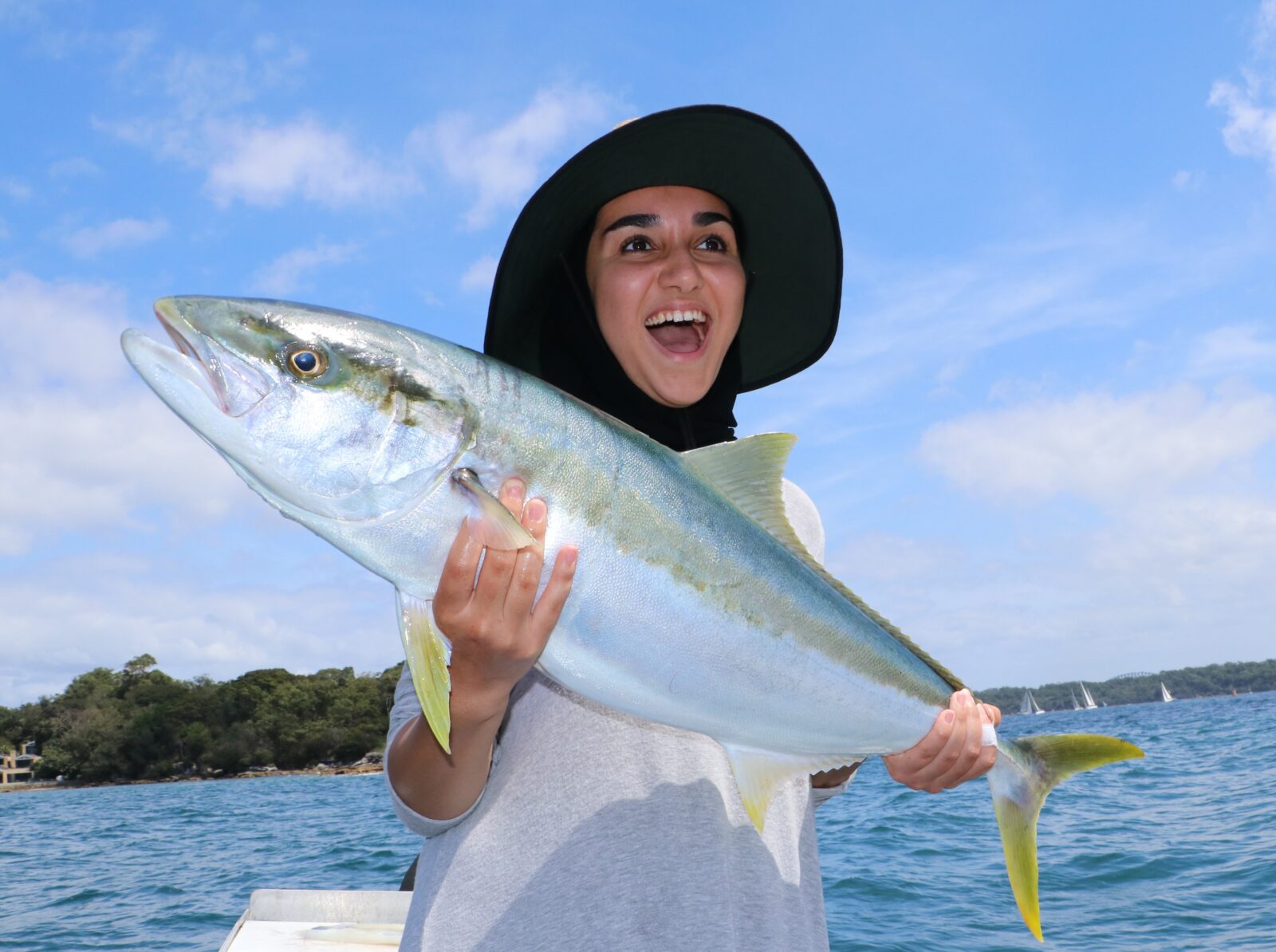
Three degrees doesn’t sound like much, so it’s important to shed perspective on what this means for fish. Sydney fish typically experience temp swings from 17 to 22 degrees, so three degrees represents a 60% increase. Sydney humans typically experience swings from 8 to 30 deg, so three degree only represents a 13% increase. Could you imagine the effects on humans if we got a 60% temp increase?
Its also been noted that the warm EAC current is arriving in Sydney earlier and leaving later. As I write this in mid July, Sydney’s offshore temp is 20.4, July average is normally 18.5. So not only are fish being exposed to higher water temps , they are also being exposed to it for longer periods.
The huge increase in the incident of Unicapsula and Kudoa (flesh mush) further highlights the effects of increased temperature on our kingfish and Mahi Mahi stocks. The problem got so bad in 2023 that , in response to both commercial and rec angler concerns, the FRDC commissioned a 3 year CSIRO study into the ‘mush’ in NSW . I personally caught more kings with the dreaded mush in the last two years than the entire previous 30 years combined. Fish mush moving further south
La Nina is known to affect wind patterns due to the altered interplay between land and sea temps. Sydney’s prevailing NE sea breeze plays a significant role in the generation of coastal upwellings which affect both water temps and an onshore push of nutrients and chlorophyll . Strong, long NE winds create a pump effect where cooler water is pulled up from the deep and pushed onto the shore, a process known as Ekman Transport. We’ve all experienced those cold water snaps at the beach around Xmas time – this is a result of NE generated upwellings. This in turn affects both temperature sensitive fish species and the food chain from the bottom up. So, it’s a triple whammy of warm water from La Nina which in turn stalls NE winds and its cold upwellings and its nutrients. Less nutrients, less baitfish, less surface fish action. The surface fish action over the last few years has been dismal.
We haven’t experienced worse environmental conditions for specific species, especially kingfish, in living memory.
Its not all bad news though – some species appear to be benefiting. Mulloway are doing well as a result of recent conditions according to the most recent Fisheries stock assessment. The study found them to be in ‘recovery’ but did also say that the recent increase may be due to unprecedented recent flooding. Mulloway have a greater temperature tolerance (13-28C ) than kingfish (19 to 23C ), so will be more resilient to warming waters. Their spawning and recruitment also improves in flood years – of which we have had no shortage of in the last 5 years. Numerous other estuary fish also do well under La Nina conditions. Luderick have thrived recently with numbers in Sydney Harbour the best I’ve ever seen. Hairtail also appear to favour the flood years in Sydney harbour. Fresh water fish are also doing well as a result of east coast (bass) and western plains (cod) flooding. And, as previously mentioned, we also see a lot of tropical visitors show up in greater numbers.

Whether the events of the last five years are a result of an extraordinary long ENSO event or a “taste of the future” under global warming is anyone’s guess. Maybe it’s a combination of the two – who knows.
I am confident that when (if) we swing back to El Nino, drier conditions and cooler sea temps, we will see fishing return to “normal” – whatever that is ?. Having said that , I don’t expect an instant recovery given the long harsh La Nina we are currently experiencing. The downsides of a La Nina event usually don’t start to show until well into the second year and I would expect it to be the same when coming back into better conditions.
I think the moral of the ENSO story is that we can’t recklessly launch into a social media kangaroo court every time we see a downturn in a specific fishery. There has been a trend recently to try and assign blame to one sector of another or fix “problems” with emotionally based management tools. It’s important to be aware that some problems are not man made and, likewise, cannot be fixed by man.
Craig McGill is the owner and operator of Fishabout Sydney Harbour. More info at fishaboutsydney.com.au.













